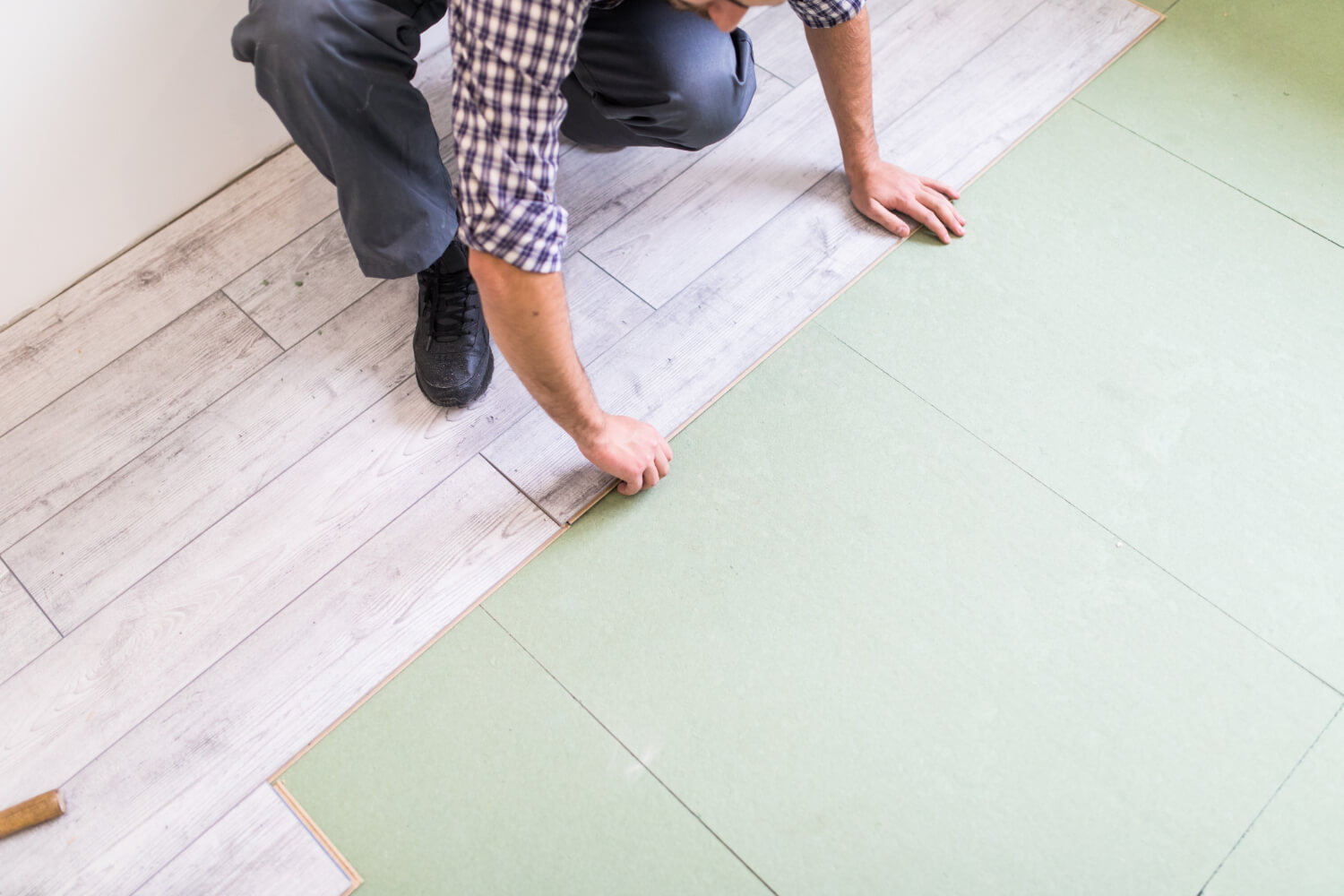As a business owner, one of the things that you must ensure for your customers and workers is safety. Certainly, this is easier to say than done because there are plenty of things that can be a hazard in a working environment, like a slippery floor. Slips and falls are the second cause of unintentional injury in the world, and some of these accidents might lead to death. Today, we will focus on the main actions you can do to ensure that your floor won’t be a danger for anyone that walks into your company.
Besides giving an anti-slip treatment to the flooring, other stuff will guarantee a gripping surface that will avoid any unwanted slip. Most of these solutions are not expensive at all, so you can easily apply them, and ensure a safety flooring in your business.
Clean floors
That might sound a little bit obvious, but dirt and debris are one of the principal causes of a slippery floor. Therefore, you should clean it at least once a day (or more depending on the foot traffic in the area) to prevent the formation of a dust layer. With a clean floor, the traction of the shoes within the surface of the floor will not be compromised, and falling and slipping will not occur.
Make sure that the floor is broomed and mopped, and the floor equipment you use for this task must be kept clean too. In addition to that, the water used to mop should be replaced with clean one frequently. Otherwise, you’ll be adding soil to the floor instead of keeping it free of dirt, which will be counterproductive.
Flooring type or finishes
Some flooring types or finishes are ideal to create an anti-slippery surface in your working area. For example, rubber or resin flooring is one of the perfect types of flooring to avoid slippery, and that’s the reason why these two types of flooring are used in factories or other places where high traffic area with taking place. So, choosing wisely your flooring type would be a good way to ensure everyone’s safety while going around the location.
Also, some finishes can be helpful if the flooring type is not an anti-slippery surface. For example, when talking about concrete flooring you can use a rock salt finish, or a seeded aggregate finish to ensure that no one would be having accidents.
Use mats
It doesn’t matter the type of flooring you have if you don’t ensure that the surface would be free of water and dirt. Entrances, exits, and other high-traffic foot areas are more prone to get wet due to the rain or the dirt brought to for all the people passing by. Being constantly mopping this area can be something that you can’t allow yourself or your employees to do and using a mat would be the best solution to this problem.
Mats will gather water and debris from shoes before they touch the floor of your business. With that, you will create a safe surface that will require less cleaning to keep it that way.
Anti-slip treatment
This chemical procedure can be applied to almost any type of flooring to guarantee the grip of the shoes or feet on the flooring. The treatment will create a micro-etched texture that will improve the safety of interior and exterior surfaces, without altering the aesthetics of them. It won’t matter if there is water or grease on the floor; the surface will remain safe to be walked on it. The type of flooring that can handle very well this treatment are ceramic and porcelain tiles, decking, marble, brick floors, etc.
Another amazing feature of the anti-slip treatment is that it doesn’t alter the feel of the flooring. It is not expensive, and applying it would be easy, so you can ensure a safe floor in no time with this treatment.
In summary:
Keeping your floor safe is not a hard task to accomplish if you take some wise decisions during the construction or renovation of your working site (like choosing an anti-slip flooring or finish). In case you couldn’t make those decisions, ensuring a clean floor, the use of mats, or giving the floor an anti-slip treatment will be your best allies to avoid accidents.
Now you can make the necessary changes to improve the grip and safety of your business' flooring.









 Erika Rhein, the contributing author and the professional blogger by profession. With years of experience, I now focus on writing blogs on varied niches. Being a research enthusiast, I like to provide my readers with the useful and informative articles on the different topics they are looking for. I aim to create a difference through my writing.
Erika Rhein, the contributing author and the professional blogger by profession. With years of experience, I now focus on writing blogs on varied niches. Being a research enthusiast, I like to provide my readers with the useful and informative articles on the different topics they are looking for. I aim to create a difference through my writing.
0 Comments